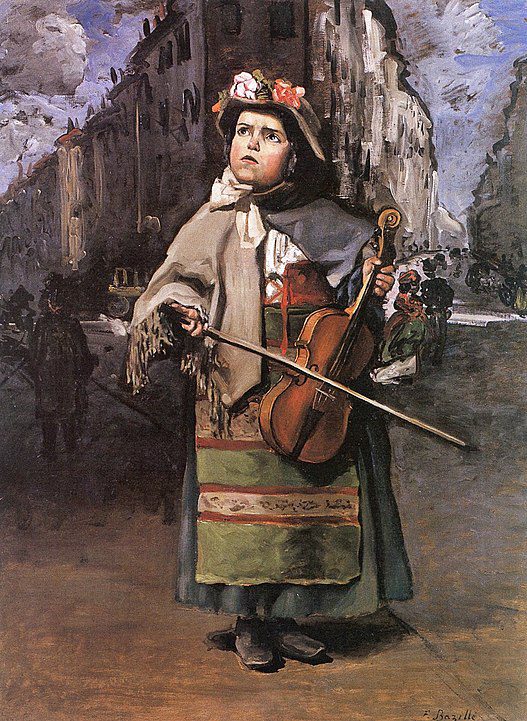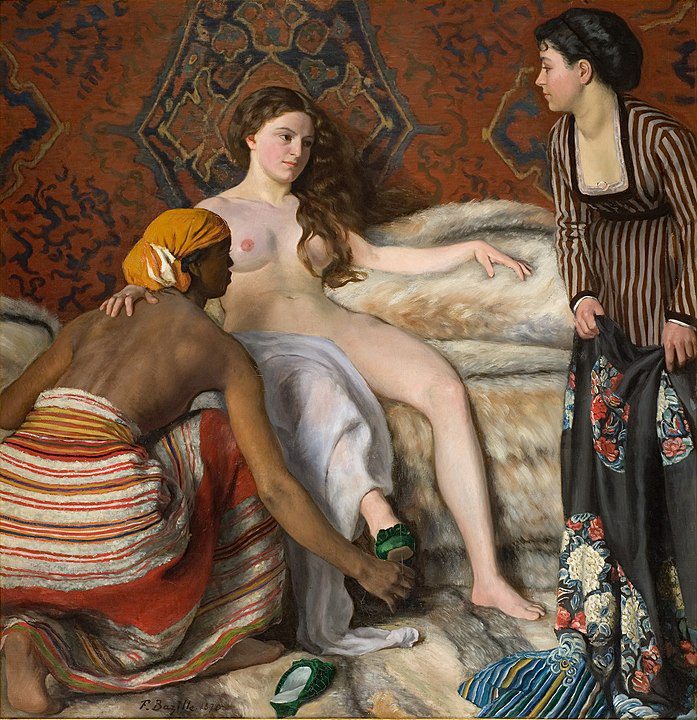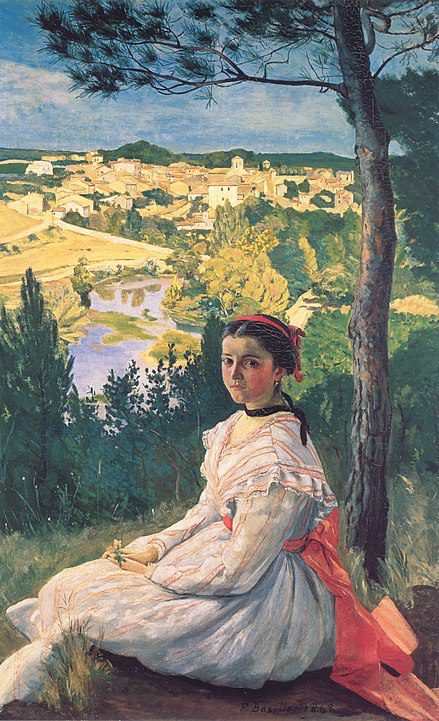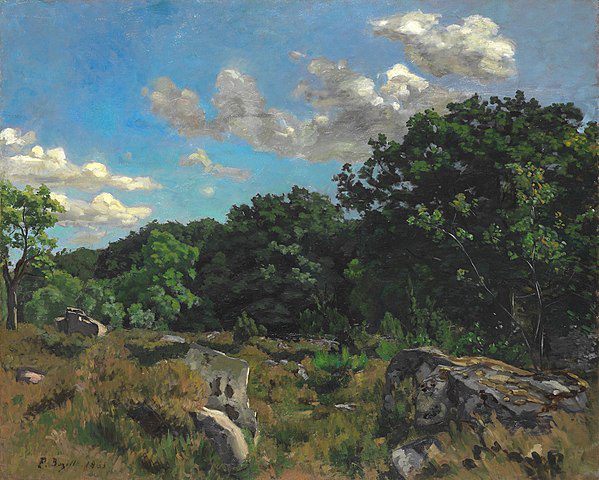
Jean Frédéric Bazille, born on December 6, 1841, in Montpellier, France, and dying tragically young at the age of 28 on November 28, 1870, during the Franco-Prussian War, was a promising artist whose brief career played a crucial role in the early development of the Impressionist movement. Despite his short life, Bazille’s work left a significant impact on the evolution of modern art, showcasing a unique blend of realism and impressionistic sensitivity to light and color.

Bazille came from a wealthy Protestant family, which enabled him to pursue his artistic ambitions without financial constraints. He moved to Paris in 1862 to study medicine, a career path chosen for him by his family, but soon shifted his focus to art, enrolling in the studio of Charles Gleyre. There, he befriended future luminaries of the Impressionist movement, including Claude Monet, Pierre-Auguste Renoir, and Alfred Sisley. These relationships were instrumental in the development of his artistic style and in the formation of the Impressionist movement.
Color & Composition
Bazille’s work is characterized by its vibrant light, clear colors, and innovative composition. His paintings often depicted contemporary life with a freshness and immediacy that prefigured the Impressionist focus on capturing the moment. Notable works such as “Family Reunion” (1867) and “The Pink Dress” (1864) demonstrate his ability to combine traditional subjects with a modern approach to color and light, marking him as a pioneering figure in the transition from Realism to Impressionism.

Despite his talent and potential, Bazille’s artistic career was cut short by his early death in the Franco-Prussian War. He volunteered to serve in a Zouave regiment and was killed in action at the Battle of Beaune-la-Rolande. His death was a significant loss to the emerging Impressionist movement and his friends, who regarded him as a central figure in their circle. After his death, his family’s support of his artist friends, including providing studio space, helped sustain the movement during its formative years.

Bazille’s legacy is that of a gifted artist whose work bridged the gap between Realism and Impressionism. His exploration of light, color, and composition influenced the direction of French painting at a critical point in its history. While his oeuvre is limited due to his untimely death, the quality and innovation of his paintings have earned him a place among the pioneers of Impressionism. His contribution to the development of modern art, though brief, is a testament to his talent and vision, making Jean Frédéric Bazille a significant, if lesser-known, figure in the history of art.




